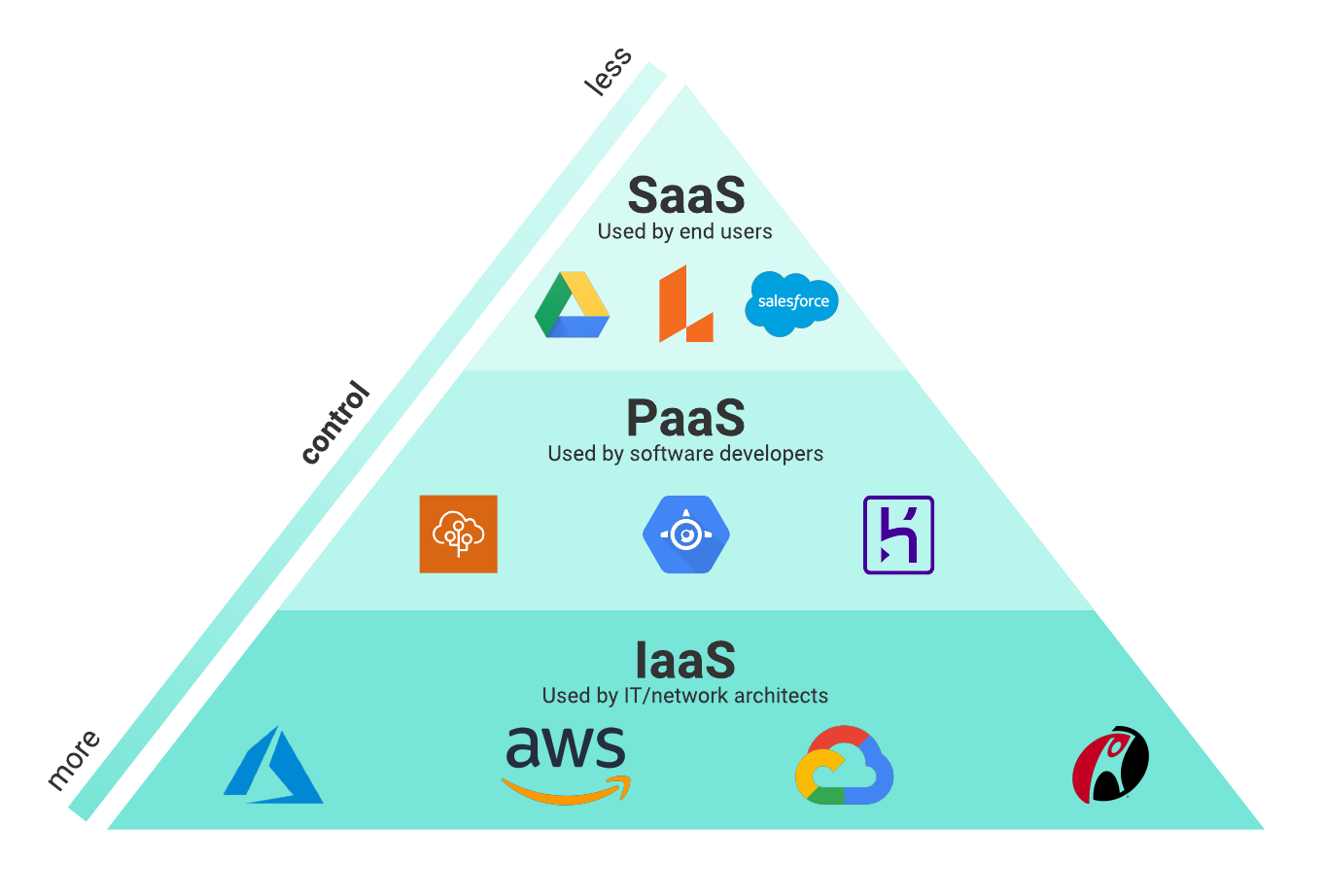Simplify Your Infrastructure With Cloud Provider
As services browse the ever-evolving landscape of modern technology and information administration, the role of cloud solutions in simplifying framework has actually come to be significantly noticeable. The attraction of structured processes, boosted effectiveness, and enhanced resource allocation through cloud solutions is undeniable. The journey towards a much more active and cost-efficient IT framework includes even more than simply migrating to the cloud. It requires a critical technique and a deep understanding of the subtleties of cloud adoption. So, how can services properly browse this change and absolutely open the possibility of cloud solutions for streamlining their facilities?
Benefits of Cloud Provider
Cloud solutions use a structured strategy to handling IT framework, offering companies with scalability, cost-efficiency, and versatility. One of the key benefits of cloud solutions is the scalability they supply.
In addition, cloud solutions remove the need for organizations to purchase pricey hardware and software application. This cost-efficiency is a significant benefit, especially for small to medium-sized ventures wanting to lessen ahead of time costs. By utilizing cloud services, organizations can access top notch IT resources without the large cost linked with typical framework arrangements.
Moreover, cloud solutions give organizations with the versatility to access their data and applications from anywhere with an internet link. This level of ease of access boosts partnership amongst teams, allows remote work, and enhances general efficiency. The versatility used by cloud solutions encourages organizations to adjust promptly to transforming market problems and consumer needs.
Expense Cost Savings and Scalability
Along with the operational advantages highlighted earlier, the combination of cloud services into a business's facilities brings forth considerable cost savings and enhanced scalability. Cloud services supply a pay-as-you-go design, enabling companies to range resources up or down based on existing requirements, thus preventing the expenses connected with preserving excess capacity. This adaptability enables companies to adapt swiftly to rising and fall demands without incurring unneeded expenditures.
Furthermore, cloud solutions eliminate the need for ahead of time investments in software and hardware, minimizing capital investment. Operating costs are additionally decreased as business no more need to take care of and preserve physical web servers, resulting in reduced energy consumption and IT staffing costs. Furthermore, cloud solutions provide automatic updates and upkeep, making certain that the facilities continues to be secure and up-to-date without calling for manual interventions.
Enhanced Protection Actions
When incorporating cloud services right into a firm's framework to safeguard delicate data and make sure compliance with sector guidelines,Carrying out rigorous protection procedures is extremely important. Cloud company use boosted safety and security attributes such as information file encryption, firewall program defense, and multi-factor authentication to alleviate cybersecurity dangers. Security assists safeguard information both at remainder and en route, guaranteeing that only licensed individuals can access delicate details. Firewall softwares function as a barrier between inner networks and outside dangers, tracking and regulating incoming and outward bound network web traffic. Multi-factor verification includes an extra layer of security by requiring customers to provide numerous kinds of verification before accessing the cloud services.
Additionally, normal safety audits and compliance evaluations aid guarantee and identify susceptabilities adherence to industry criteria. Firms can likewise take advantage of check over here attributes like computerized security updates and real-time risk monitoring supplied by cloud company. By prioritizing security measures and remaining aggressive in dealing with prospective risks, services can with confidence take advantage of cloud solutions while securing their important data from unauthorized access or breaches.
Transitioning to Cloud Infrastructure
To successfully incorporate cloud solutions right into a business's facilities, an organized strategy that resolves the change in the direction of cloud-based remedies is essential. Transitioning to cloud infrastructure includes careful preparation and execution to guarantee a smooth migration procedure. The primary step is to analyze the present framework and establish which applications and systems are suitable for movement to the cloud. This assessment must think about factors such as information level of sensitivity, compliance needs, and performance requirements.
When the assessment is total, a migration strategy must be developed. This method should outline the timeline, resources, and responsibilities for relocating each component to the cloud. It is important to communicate this strategy clearly to all stakeholders to make sure positioning and decrease interruptions during the change.
Throughout the movement surveillance, screening and process are essential to identify and resolve any type of problems without delay. Normal checkpoints should be established to track development and make essential changes. In addition, training for workers on making use of cloud services should be supplied to ensure an effective shift and maximize the benefits of the brand-new facilities.
Finest Practices for Cloud Adoption
Successful fostering of cloud services depends upon the critical placement of organization purposes with technical capabilities and organizational preparedness. To ensure a smooth shift to the cloud, organizations need to start by conducting an extensive assessment of their existing framework and navigate to these guys recognizing which work are best matched for cloud migration. It is vital to involve essential stakeholders from different divisions in the decision-making process to gain buy-in and attend to any type of issues beforehand.
One more best practice for cloud adoption is to prioritize safety and security and compliance. Organizations needs to carefully evaluate the safety steps supplied by cloud provider and guarantee that their information is protected according to sector criteria and governing demands. Applying robust data security, access controls, and routine safety audits can aid alleviate risks linked with cloud adoption.

Verdict

As services navigate the ever-evolving landscape of modern technology and data monitoring, the duty of cloud solutions in streamlining infrastructure has actually ended up being significantly famous - cloud services press release. Exactly how can companies efficiently browse this shift and genuinely unlock the potential of cloud solutions for simplifying their framework?
Cloud solutions supply a structured approach to handling IT facilities, providing organizations with scalability, flexibility, and cost-efficiency. By utilizing cloud services, businesses can access premium IT resources without the significant cost tag connected with typical facilities arrangements.
To guarantee a smooth change to the cloud, organizations must start by performing a thorough assessment of their present facilities and recognizing which workloads are best visit this page suited for cloud movement.